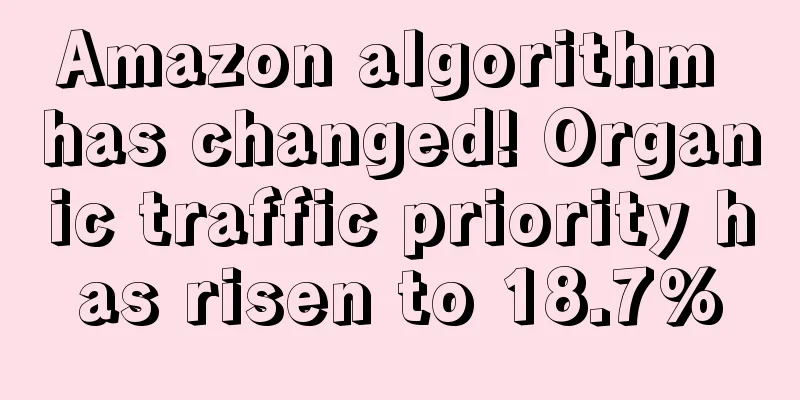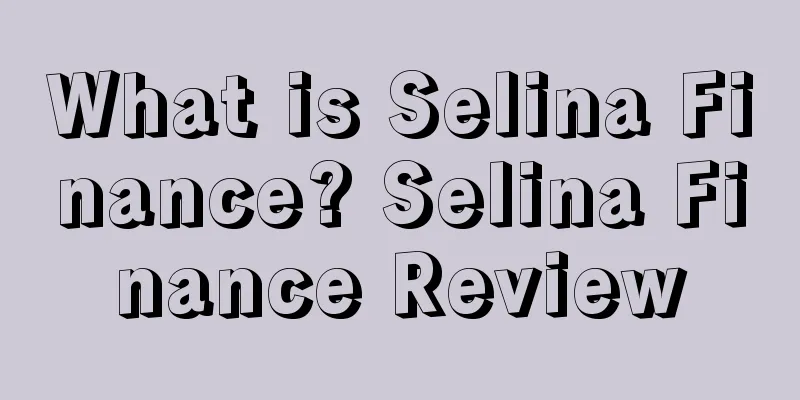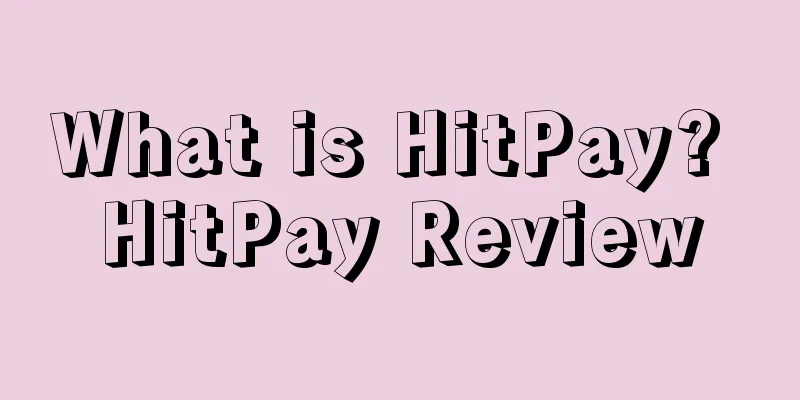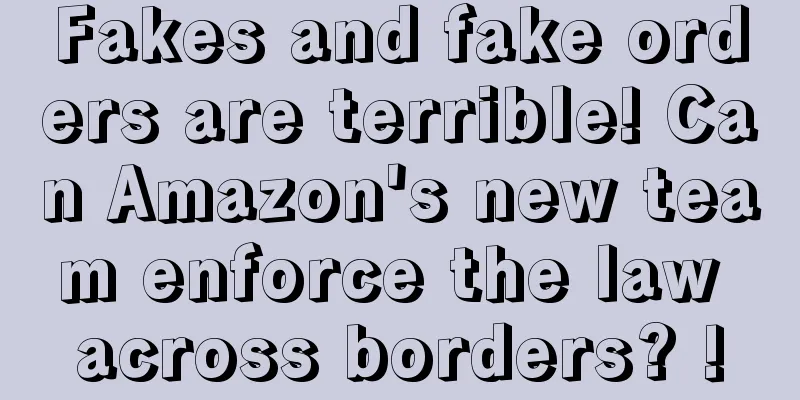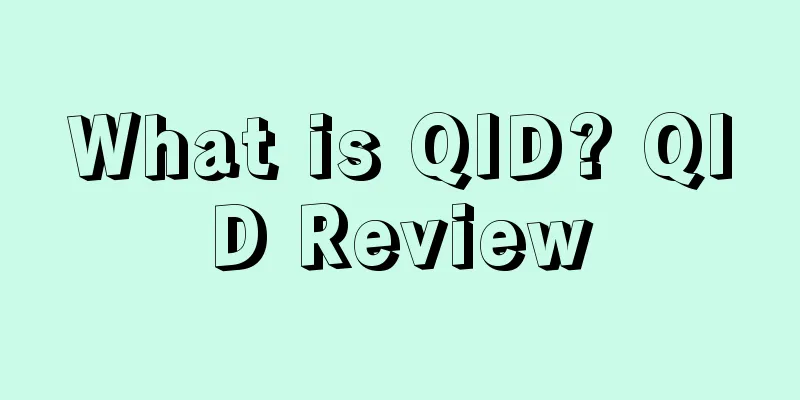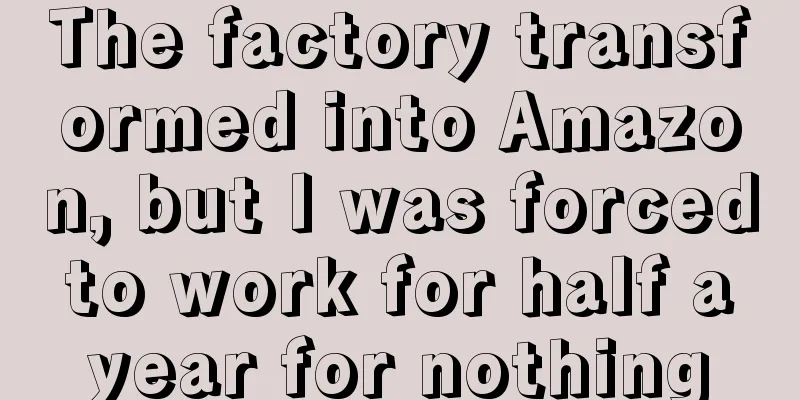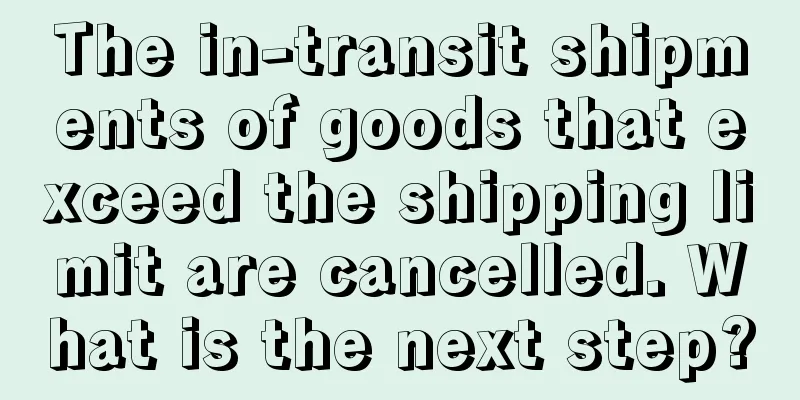What are large and small entities in patent law? Evaluation of large and small entities in patent law
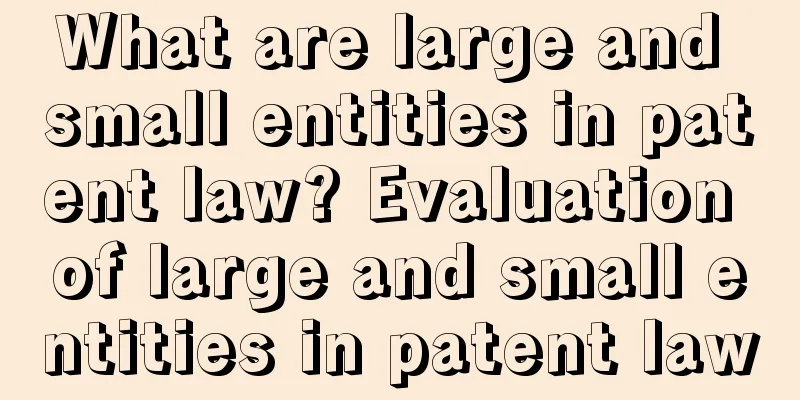
|
In US patent law, people who apply for patents, i.e. applicants and patentees, can claim specific statuses based on the number of employees they have. The fees paid to the patent office depend on the applicant's status. Statuses include "large entity" status and "small entity" status. "Micro entity" status is a further status that was introduced in the Leahy-Smith America Invents Act (AIA) enacted in 2011. Types of Patents Small entity status allows small businesses , independent inventors, and nonprofit organizations to file patent applications and maintain issued patents at a reduced fee (i.e., a 50% discount) . Under 13 CFR § 121.802(a), an entity qualifies as a "small business concern" and therefore qualifies for small entity status if the entity (including affiliates) has 500 or fewer employees. If an organization or individual qualifies for small entity status, claiming such status is relatively simple. A person seeking such status need only submit a verified statement in a patent application before paying the first fee under small entity status. Any subsequent payments need only contain a statement that such status has changed. The concept of a “small entity” also exists in other jurisdictions, such as Canada. staff An entity, including its subsidiaries, may have as many as 500 employees before being disqualified as a small entity. Federal regulations define who qualifies as an employee and during what time period an employee is counted. All individuals employed full-time, part-time or otherwise are counted in determining the number of employees of an establishment. 13 CFR § 121.106(a). This includes employees acquired from a temporary employee agency, professional employee organization, or rental agency. In determining whether an individual is an employee of concern, all circumstances are considered, including the criteria used by the IRS for federal income tax purposes. Volunteers (i.e., individuals who are not compensated for work performed, including no in-kind compensation) are not considered employees. Part-time and temporary employees are calculated in the same manner as full-time employees. § 121.106(b)(2). If the number of employees fluctuates during the year, the number of employees may be considered the average number of employees for the preceding 12 calendar months. § 121.106(b)(1). The average number of employees for an associated enterprise is calculated by adding the enterprise's average number of employees to the average number of employees for each associated enterprise. § 121.106(b)(4)(i). If an enterprise acquired an associated enterprise or was acquired as an associated enterprise during the applicable measurement period or before the date on which it self-identified as a small business, the employees counted in determining size status include the employees of the acquired or acquiring enterprise. In addition, this aggregation applies to the entire measurement period, not just the period after the association occurred. If the association terminated prior to the date used to determine size, the employees of the former associated enterprise are not counted. § 121.106(b)(4)(ii). This exclusion of employees of the former associated enterprise applies to the entire measurement period, not just to the period after the association terminated. Affiliates A small business concern, as defined by federal regulations for purposes of the Small Entity Royalties Discount, may have up to 500 employees, including affiliates. Thus, a concern may be disqualified if it is affiliated with one or more other concerns that have more than 500 employees in the aggregate, which would otherwise be disqualified. Affiliation is determined under a control test. Concerns are “affiliates” of each other for purposes of 13 CFR § 121.802(a) when one concern controls or has the power to control the other concern, or when a third party controls or has the power to control both. 13 CFR § 121.103(a)(1). It is immaterial whether control is exercised, as long as control exists. The test for determining control considers account ownership, management, prior relationships or connections with other businesses, and contractual relationships. § 121.103(a)(2). The federal regulations describing control list some situations where control is apparent, such as when one entity owns more than 50% of the stock of another entity, § 121.103(c)(1), or when one or more officers, directors, managing members, or partners who control the board and/or management of one business also control the board or management of one or more other businesses, § 121.103(e). There are also some “safe harbor” exceptions to attribution coverage found in 13 CFR § 121.103(b), most of which concern ownership by certain kinds of investment firms, venture capital firms, Indian tribes, § 501(c) nonprofits like charitable trusts, foundations, endowments, etc. If an assignee of a patent application has difficulty in determining on its own whether it qualifies for small entity status, authorized SBA officials may make a formal entity size determination based on a particular patent application in accordance with USPTO rules 13 CFR § 121.803. Such a determination may be considered similar to a private letter ruling issued by the IRS to resolve issues related to federal taxation and is binding on all parties. Other SBA opinions provided to patent applicants or others are advisory only and are not binding or appealable. Impact of initial status determination during application pendency Once a determination of small entity status has been made in good faith and properly established with the USPTO, a lower small entity fee may be paid on an application, regardless of the change in status, until the issue fee or maintenance fee is due. 37 CFR § 1.27(g)(1). In effect, this rule relieves applicants and their representatives from the onerous burden of continually reevaluating the determination of small entity status for an application’s assignee organization throughout the pendency of the application until the issue fee is paid. Loss of status Small entity status is lost when a patent is exclusively or non-exclusively licensed or assigned to an organization that does not itself qualify as a small entity. Organizations that license technology to the government should take special care. With the exception of licenses under the Bayh-Dole Act, the government is not a small entity for these purposes and small entity status will be lost. If an organization (including affiliates) has fewer than 500 employees, it can submit an application data form, can check the box for being a small entity, and can subsequently pay small entity fees until the patent is allowed or the maintenance fees incurred by the patent expire. At these points in time, the patent agent or attorney may need to send a notice of loss of small entity status. Micro Entity Status Changes to U.S. patent law in December 2012 created a subcategory of small entity status called “micro entity status” for inventors who qualify for small entity status but have gross revenues less than three times the current median gross revenues and have filed no more than four prior patents or are affiliated with an institution of higher education. Penalties and consequences for misrepresentation Misrepresenting a company’s size status may result in suspension or debarment, as well as civil and criminal penalties. 13 CFR § 121.108(e). In addition, all patent claims issued after intentionally misrepresenting small entity status may be deemed unenforceable for inequitable conduct (i.e., fraud against the USPTO). Any improper assertion of small entity status should not be considered fraudulent, as long as any small entity assertion is made without any intent to deceive. |
<<: What is a design patent? Design patent evaluation
>>: What is Stance? Stance Review
Recommend
What is Wangji Technology? Wangji Technology Review
Wangji Technology was founded in 2014 by Mr. Lin S...
Amazon Information (Part 1)
Today I would like to share with you The ODR is t...
The President of the United States has been permanently banned from the entire Internet? Great opportunities for cross-border sellers!
After the Capitol riots last week, major foreign ...
What is Junde Group? Review of Junde Group
Founded in 1996, with its headquarters in Hong Kon...
Hundreds of millions of goods will be intercepted by US customs? Low-price internal circulation is no longer feasible!
▶ Video account attention cross-border navigation ...
What is RetailMeNot? RetailMeNot Review
RetailMeNot is a corporate service company that ma...
Insurance premiums doubled to tens of thousands? Sellers protested in unison, Amazon updated its insurance regulations!
▶ Video account attention cross-border navigation ...
Bombshell! Revenue of top 500 cross-border enterprises plummeted by 99%!
Although we had previously predicted that many cro...
What is FLEXE? FLEXE Review
FLEXE is an on-demand warehouse management platfor...
Welcome to the back-to-school season in August! What did Americans put in their shopping carts in previous years?
After Prime Day, the United States is about to ush...
Canada's Black Friday total retail sales fell 6%! Multiple categories suffered setbacks
It is learned that according to NPD, total retail ...
What is Macy's? Macy's Review
Macy's, a subsidiary of United Department Stor...
What is TheLorry? TheLorry Review
TheLorry was founded in 2014 and is a logistics ma...
The 2024 Amazon Prime Day registration is now open. Can you register for flash sales without any recommendation?
On March 20, Amazon Global Store released an annou...
